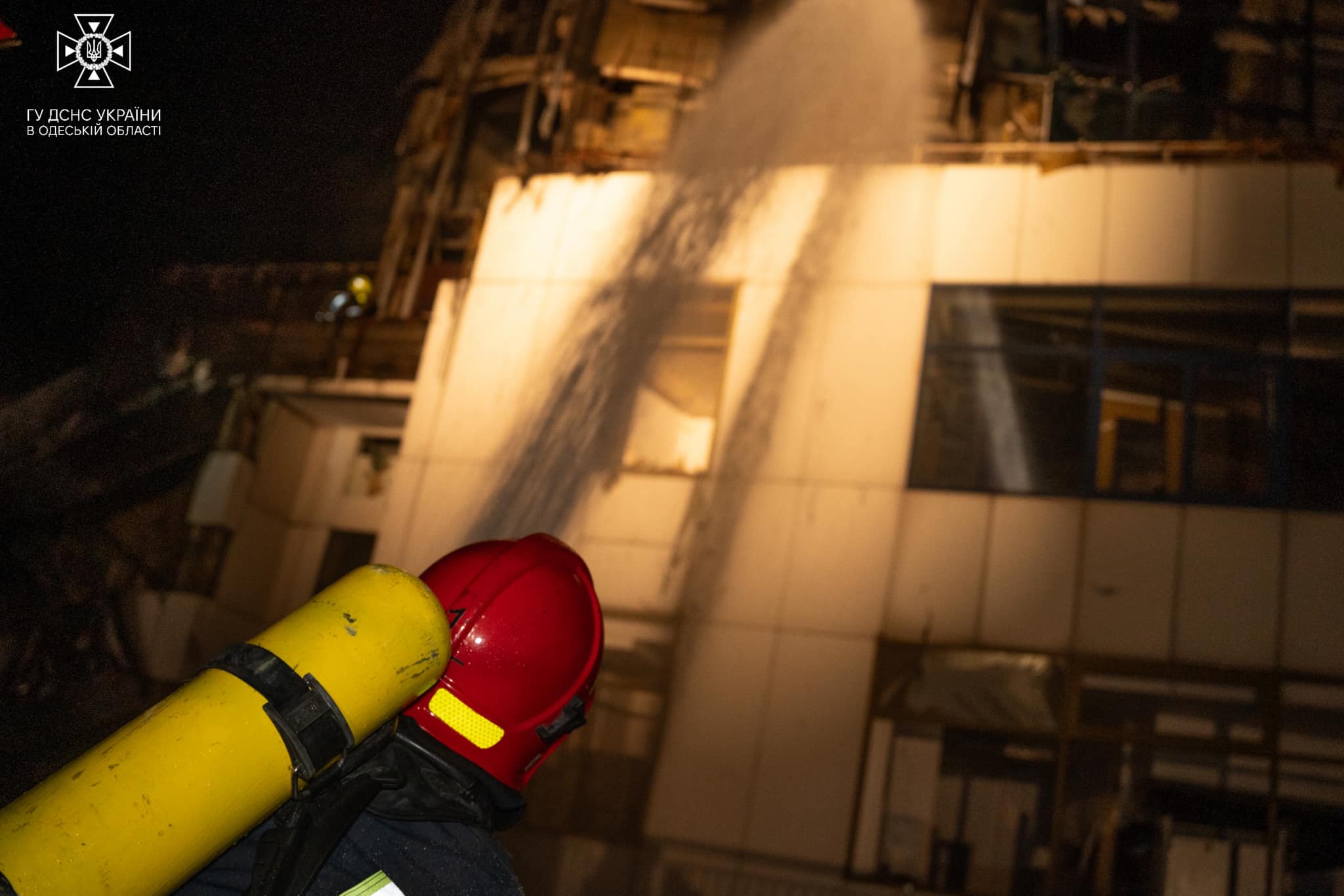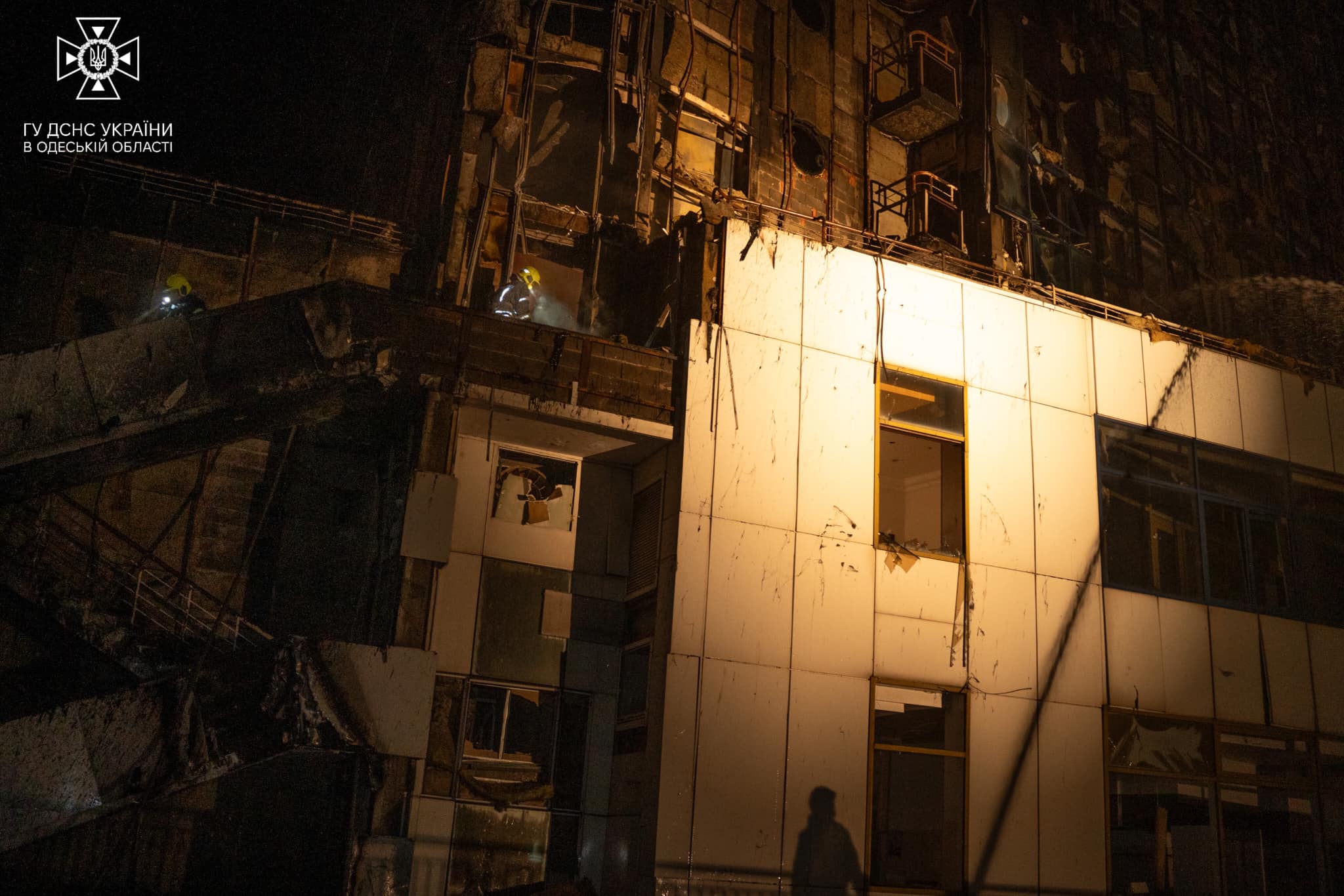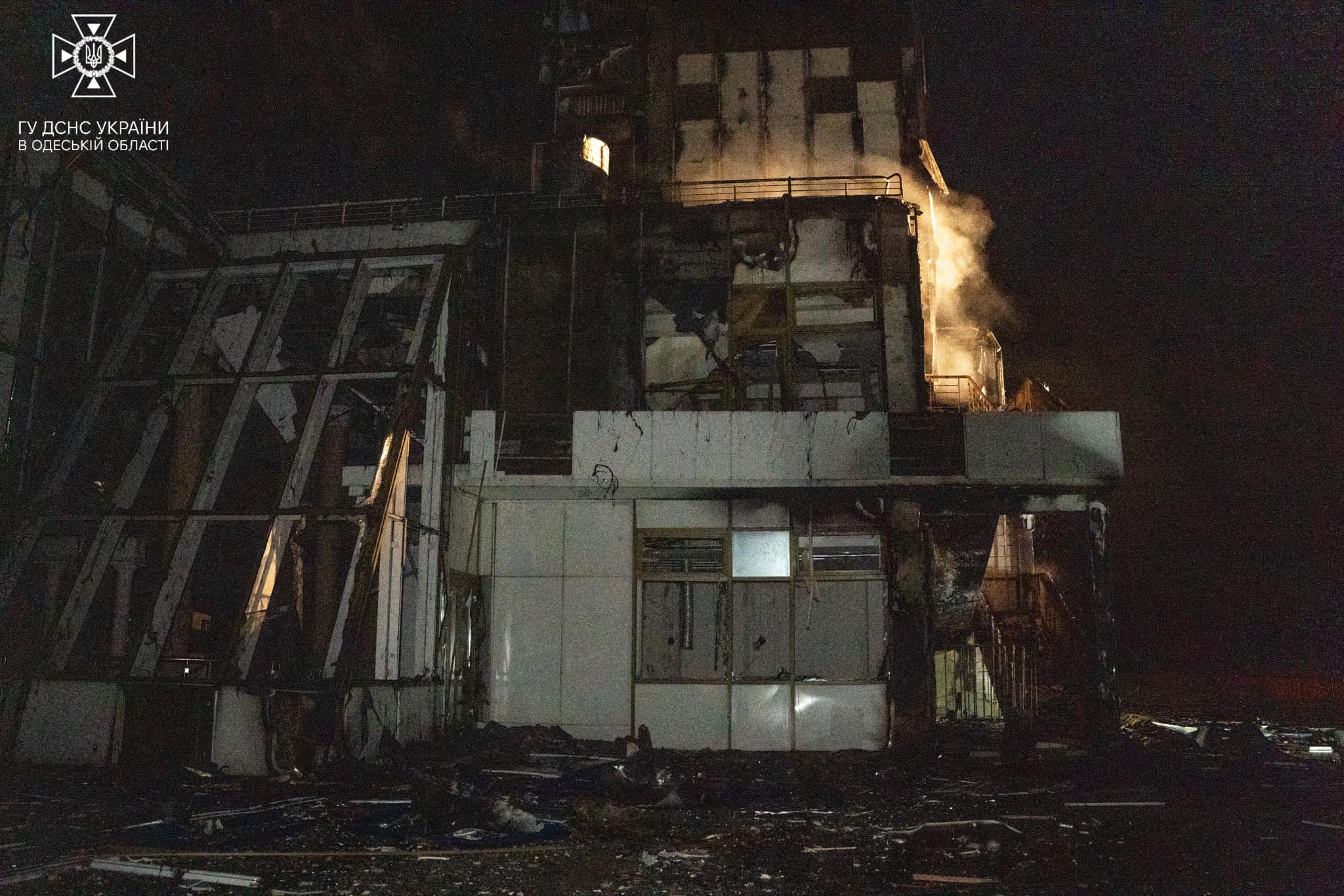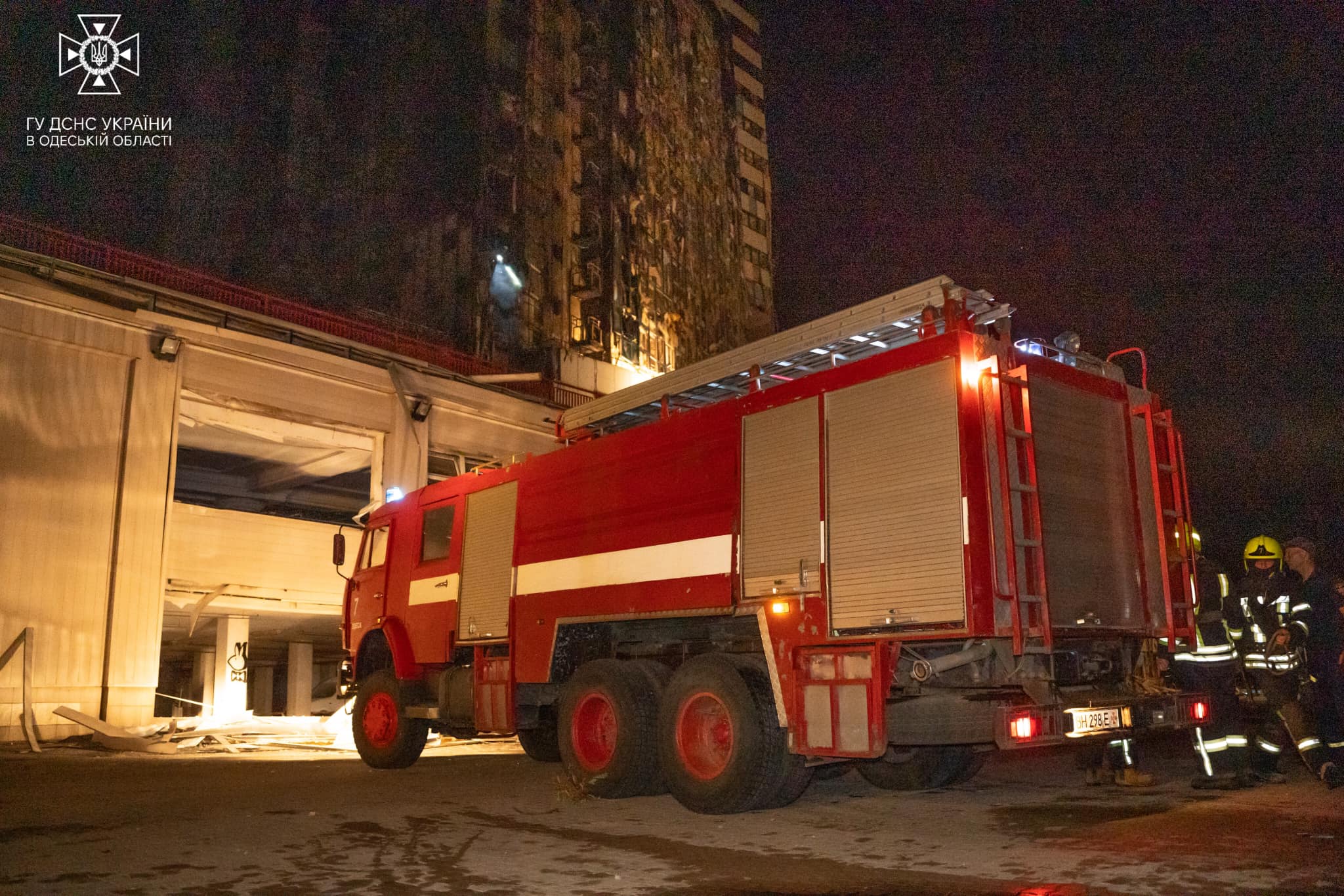During the night, the Russians forced their missiles and drones to maneuver desperately in order to bypass the Ukrainian air defense system during the attack on Odessa. This information was provided by Yuri Ignat, the spokesperson for the Ukrainian Air Force, during a telethon.
"In fact, when approaching from the eastern regions to the center of the country, they (missiles and drones) turned around and returned to Odessa along the Moldovan border. The enemy uses various means of aerial attack to divert the attention of the air defense and inflict maximum damage, targeting specific objects," explained Ignat.
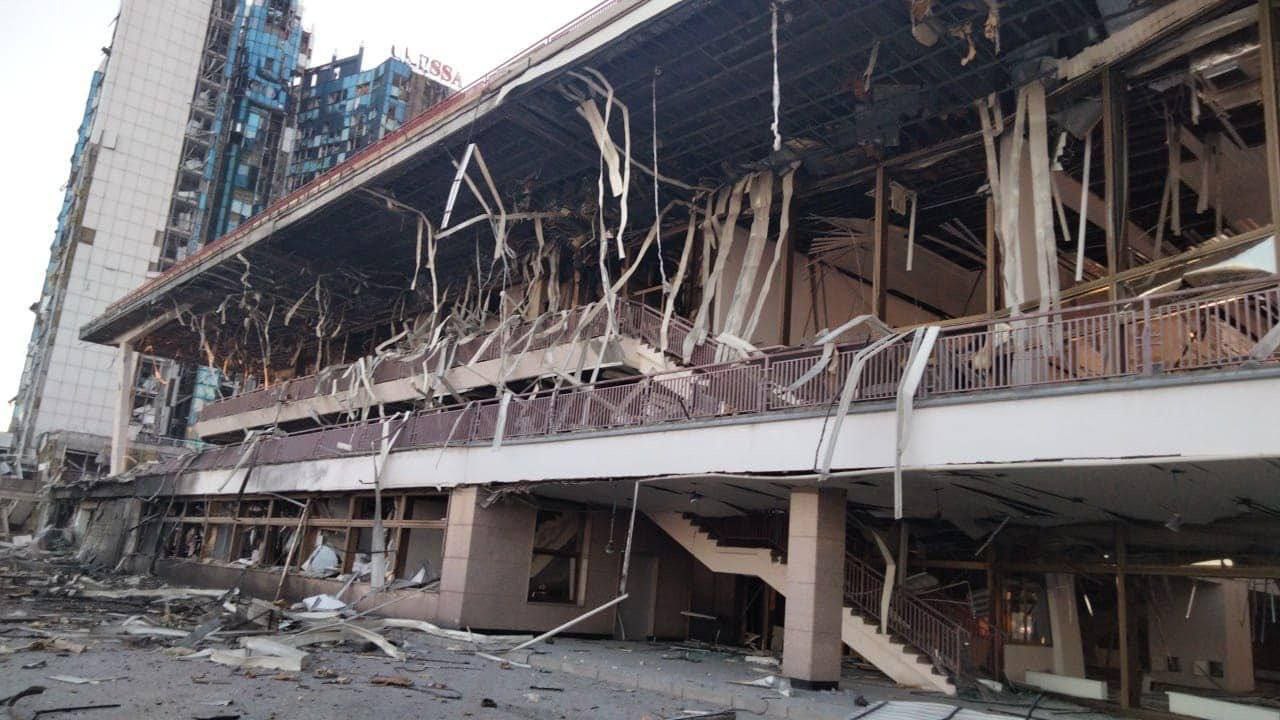
Despite the damage caused in Odessa during the night, Ignat overall assessed the performance of the Ukrainian air defense as "perfect." He noted that Ukrainian anti-aircraft gunners managed to destroy all 19 kamikaze drones launched by the aggressor and 11 out of 12 Kalibr cruise missiles. The only missiles that could not be intercepted were the Oniks missiles flying over the sea.
"Oniks missiles are difficult to intercept. It's possible to counteract them, but anti-missile systems do not work against them. These missiles are supersonic and fly very low. Therefore, it is impossible to shoot down these missiles with the existing means of air defense," Ignat stated.
During the night attack on Odessa, the enemy launched missiles of two types and kamikaze drones. Unfortunately, there was a hit on the port infrastructure. The Odesa Sea Terminal sustained significant damage. A fire broke out in the pre-terminal hotel building, which has not been in operation for several years, but it was promptly extinguished.
In addition, Oniks missiles caused damage to grain storage facilities. However, there were no casualties among the people.

